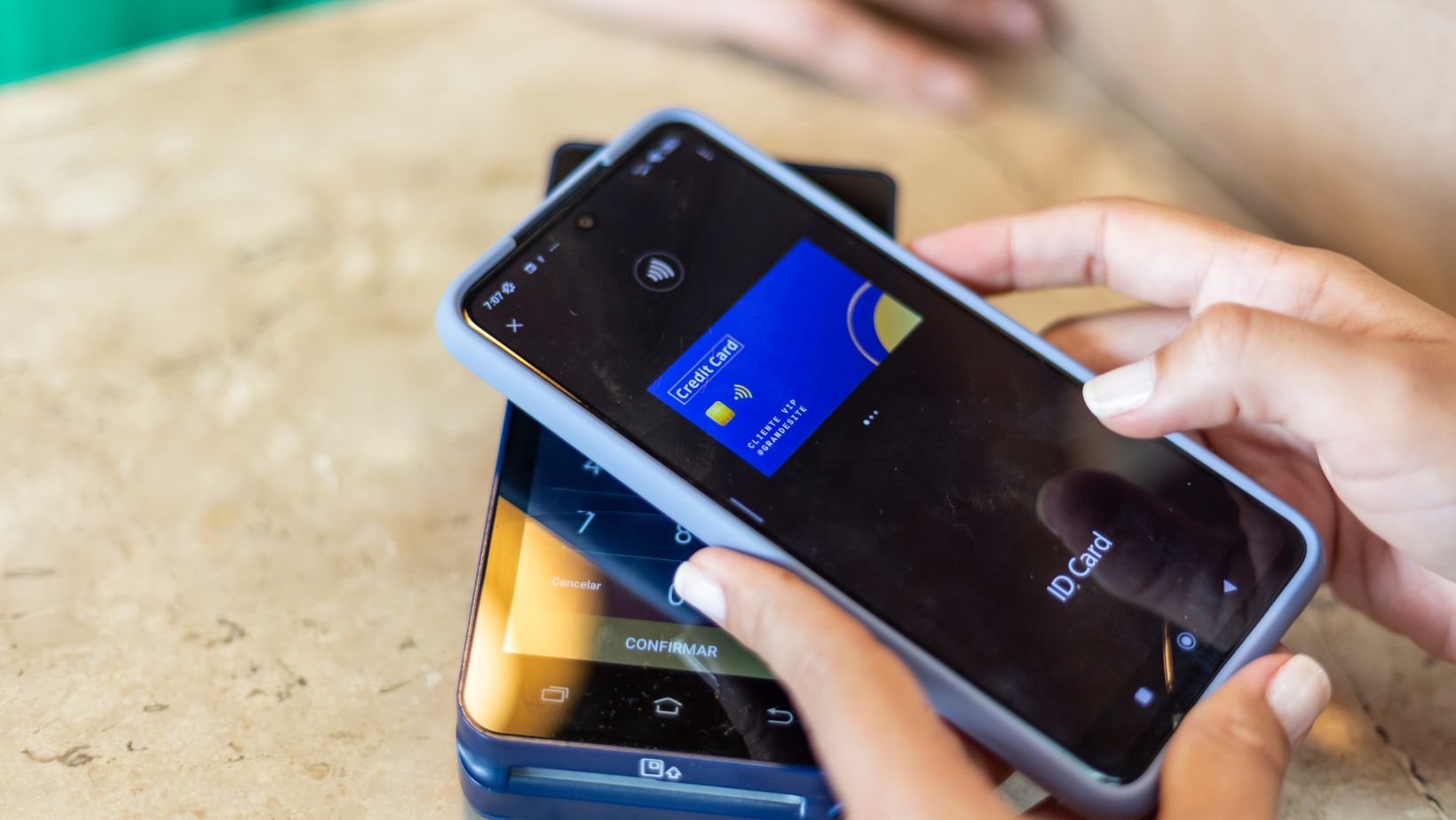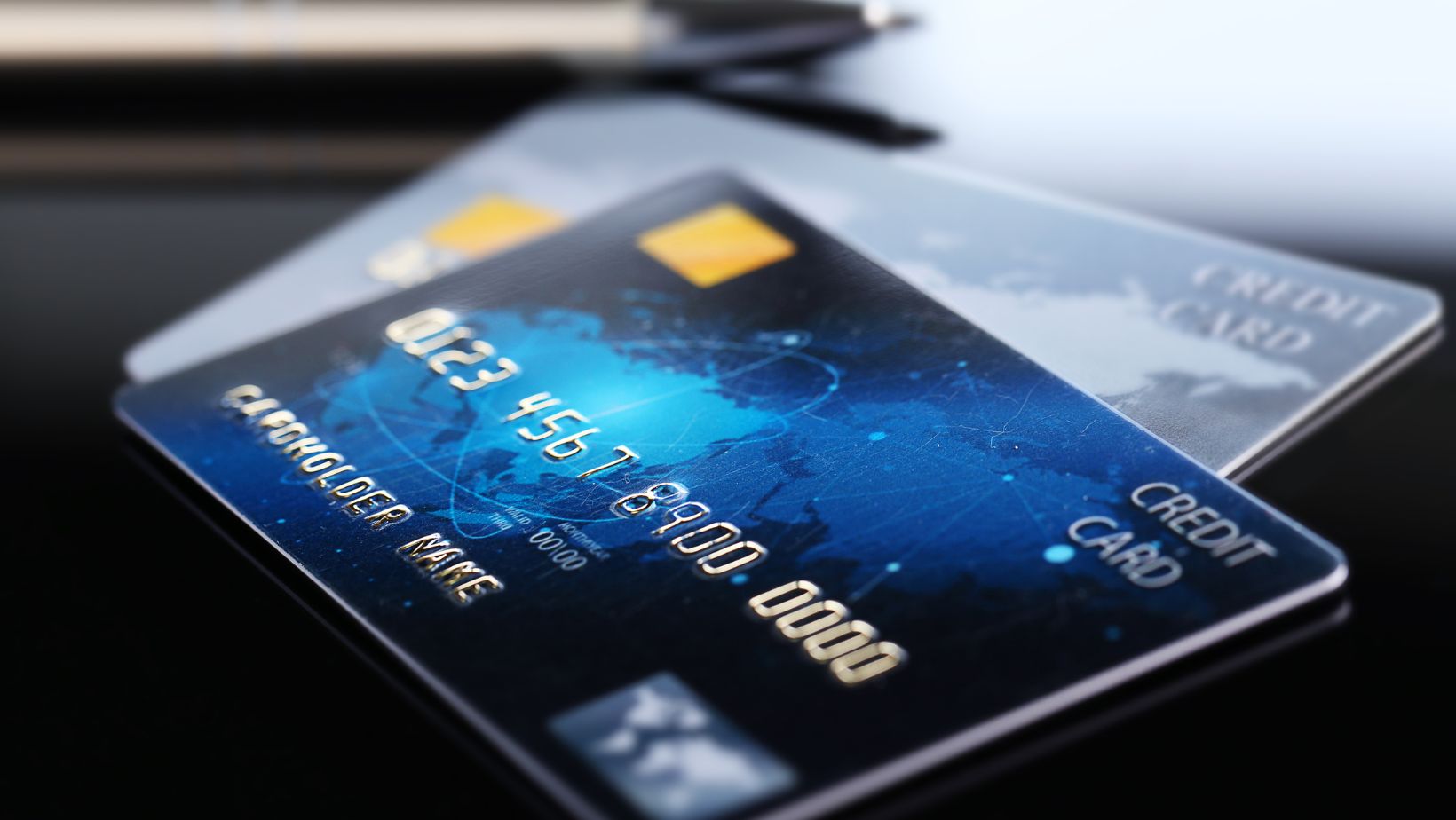
We live in a digital world where old standards need to be updated just to make the process even more convenient. Even credit/debit cards have undergone a massive transformation, and nowadays, almost everyone has a virtual card.
So, you might be wondering, what is the deal with these virtual cards, how do they work, and is there any other difference between physical cards other than the plastic or metal cards (if you want to be fancy)?
Well, both let you tap into your bank account or credit line, but the biggest difference lies in the design, use, and security, which is actually a big deal in today’s modern world.
Let’s do a breakdown and compare virtual cards to normal cards and find out which is the best option for you.
What They Are
Well, I think we are all familiar with the concept of physical cards. We are talking about tangible plastic (or sometimes metal, if your bank account is bigger) that you carry in your wallet. These cards are issued by banks or card networks like Visa, Mastercard, or American Express.
These cards usually feature a 16-digit number, expiration date, your name, and CVV code. They also have a built-in chip or magnetic stripe for transactions.
A normal card—often called a physical card—is the tangible plastic (or sometimes metal) version you carry in your wallet. Issued by banks or card networks like Visa, Mastercard, or American Express, it features a 16-digit number, expiration date, CVV code, and a chip or magnetic stripe for transactions.
Today, there are nearly 1.3 billion Visa credit cards in circulation and 1.1 billion Mastercard credit cards. So obviously, despite the rise of virtual cards, physical cards are still used by billions of people all over the world.
The idea is you swap, tap, or insert these cards at stores, ATMs, or anywhere with a card reader, and you pay.
But how about virtual cards?
Virtual cards, on the other hand, exist only in digital form, so you don’t carry that plastic in your wallet. Instead, these cards are stored on an electronic device, like a smartphone or a smartwatch.
They also have 16-digit numbers, an expiration date, and a CVV. In most cases, theta re generated by your bank, credit issuer, or an online financial platform like Genome.
They are designed mostly for online or app-based purchases, but with modern technology, you can now just tap your phone and pay in stores just like with a normal card.
Genome, for example, even offers a corporate virtual card for businesses, which is very useful if your business does many online transactions, like paying for ads.
How You Get Them
Normal cards come with a bank account or a credit line after you get approved. Basically, you need to apply, and when approved, your credit card will be mailed to you within 7-10 days. Replacement cards for lost or expired ones go through the same process, and there is usually a $5-$15 fee, depending on the issuer.
On the other hand, virtual cards are faster. Many online platforms and banks will generate your virtual credit card instantly. You just need to head over to your account settings and open up a virtual card.
You can use the virtual card immediately after activation.
Where You Use Them
Normal cards are universal. In 2024, Visa reported 4.3 billion payment credentials accepted at 130 million merchant locations worldwide, from gas stations to grocery stores. They’re essential for in-person purchases, cash withdrawals (debit cards pulled $1.2 trillion from U.S. ATMs in 2023, per the Fed), and situations where digital payments aren’t an option—like small vendors or rural areas.

Virtual cards shine online. They’re built for e-commerce, subscriptions, or over-the-phone payments, with J.P. Morgan noting a 20% uptick in virtual card use for business transactions in 2024. You can’t swipe them at a physical terminal, though some link to digital wallets (Apple Pay, Google Pay) for contactless in-store use—Mastercard’s 2025 Click to Pay data shows 80% of its virtual cards support this. Still, they’re useless at an ATM or anywhere without digital infrastructure.
Security Features
One of the biggest differences is in the security features. Normal cards rely on physical safeguards. EMV chips have been standard since 2015, which cuts counterfeit cards quite a lot, but if you lose or someone steals your card, you can be in a lot of trouble.
Normal cards usually come with a PIN number, but with wireless payments (by tap), people who steal them can pay in stores (there is usually a cap per day just to keep you safe). They can also use your normal card for online transactions.
On the other hand, virtual cards are much safer. They mask your real account number, and most of these apps come with 2 factor authentication, so even if your device is stolen, they cannot do any further damage.
Costs and Limits
Normal cards often carry fees—annual fees for credit cards or replacement costs. They’re tied to your full account balance or credit limit—$5,000 average for U.S. credit cards in 2024, making overspending a risk.

Virtual cards can be free or cheap. N26’s standard account offers one virtual card at no cost, while premium plans (up to $16/month in 2025) unlock more, per their site. You can cap spending—most online platforms let you set a $200 limit per card, ideal for subscriptions or vendors. Some issuers also tie virtual numbers to specific merchants, locking them to that use.
So, physical and virtual cards have the same use, but they have small differences. Most people say that it is much more convenient to use virtual cards and also safer, so the world may be transitioning to cardless payments.
